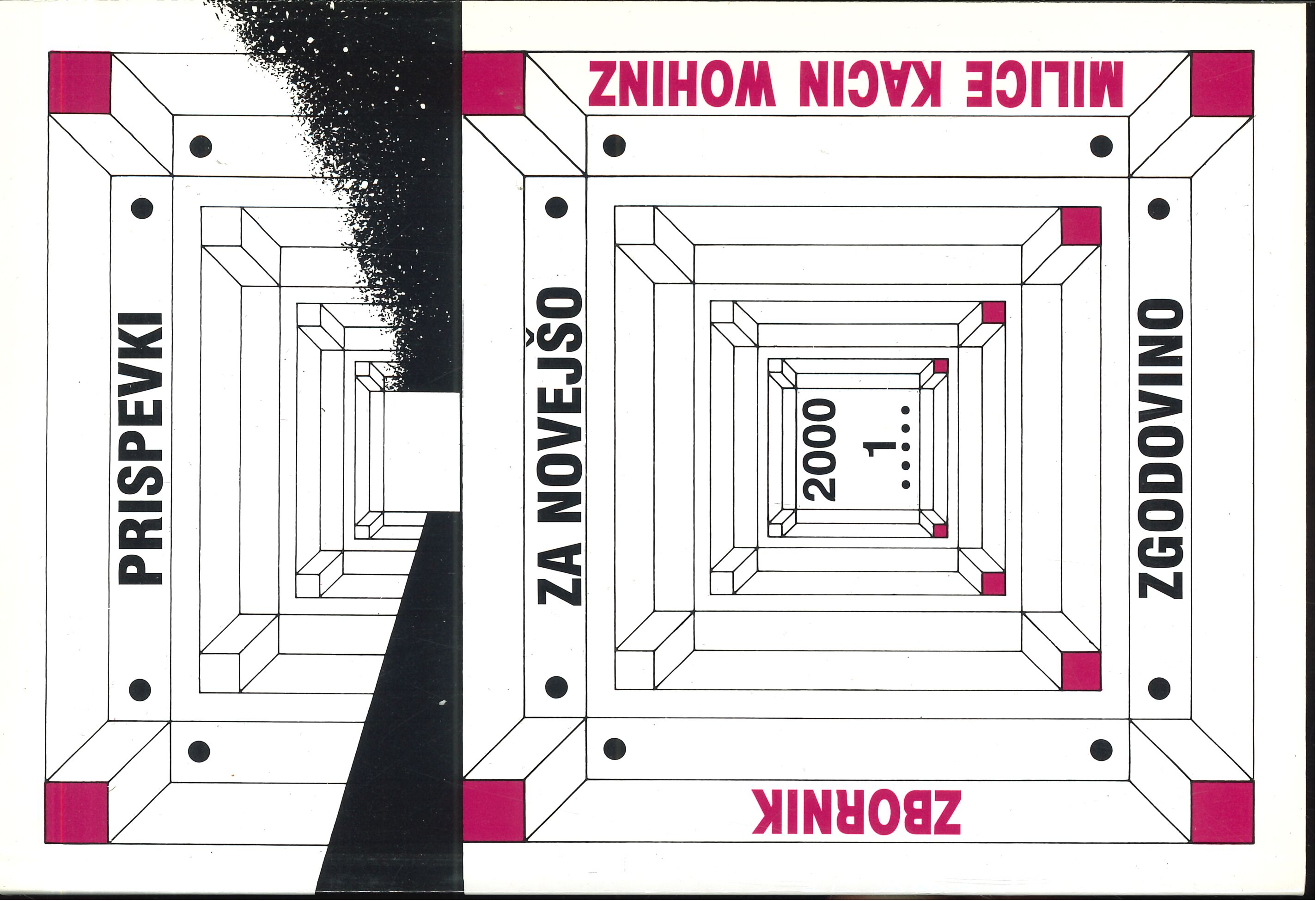Prispevek k načrtu za sintezo zgodovine (hrvaške) Istre v času Kraljevine Italije
Ključne besede:
Istra, Italija, Hrvaška, fašizem, raznarodovanje, narodnoosvobodilni bojPovzetek
Avtor pregledno predstavlja osnovne poteze razvoja Istre (hrvaške) v času med svetovnima vojnama. Razvoj v tem obdobju je povezan s predhodnim, v katerem je bil istrski polotok do leta 1797 razdeljen med Beneško republiko in Habsburško monarhijo. Po razpadu Avstro-ogrske, od 1918 do 1943, je Istra delila usodo še drugih slovenskih in hrvaških predelov pod oblastjo Kraljevine Italije. Z državnimi sredstvi je bilo organizirano etnično čiščenje večinskega hrvaškega prebivalstva, kar so še bolj brutalno nadaljevali fašisti. Krvavo so bili zlomljeni oboroženi in drugi odpori, uničene hrvaške ustanove, uzakonjeno je bilo raznarodovanje, izvajalo se je nasilje. Leta 1941 se je tudi v Istri začel narodnoosvobodilni boj; leta 1942 je bil formiran prvi oboroženi odred. Ob zlom Italije septembra 1943 je Pokrajinski Narodnoosvobodilni odbor samostojno razglasil odvojitev hrvaške Istre od Italije in združitev z matico Hrvaško v Jugoslaviji, kar je potrdil na 2. zasedanju AVNOJ.
Prenosi
Objavljeno
Številka
Rubrika
Licenca
Avtorji prispevkov, objavljenih v tej reviji, soglašajo z naslednjimi pogoji glede avtorskih pravic:
- Avtorji ohranijo avtorske pravice, reviji pa odobrijo pravico do prve objave. Delo se hkrati zaščiti z licenco za prosto uporabo avtorskih del (Creative Commons Attribution License), ki drugim osebam omogoča deljenje dela ob priznanju avtorstva in prve objave v tej reviji.
- Avtorji lahko sklenejo ločene dodatne pogodbene dogovore za neizključno distribucijo različice dela, objavljene v reviji, (npr. oddaja v institucionalni repozitorij ali objava v knjigi) z navedbo, da je bilo delo prvič objavljeno v tej reviji.
- Pred postopkom pošiljanja in med njim lahko avtorji delo objavijo v spletu (npr. v institucionalnih repozitorijih ali na svoji spletnih strani), k čemer jih tudi spodbujamo, saj lahko to prispeva k plodnim izmenjavam ter hitrejšemu in obsežnejšemu navajanju objavljenega dela (glej The Effect of Open Access).


